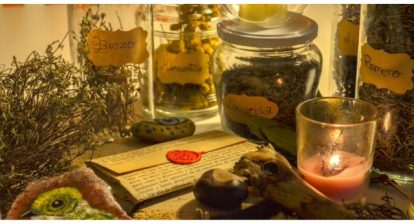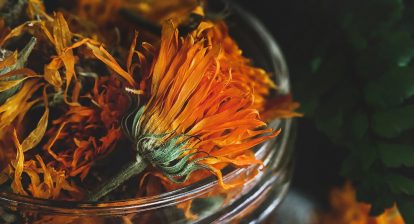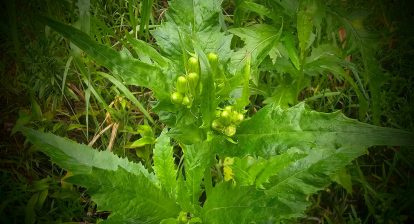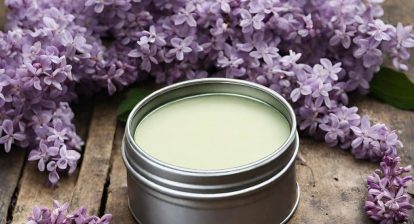By Dr Renita D'Souza
presentation
Anjeer (Ficus carica) is a very popular nutritious fruit with many medicinal virtues. It helps in quick recovery from fatigue and gives the body good physical and mental strength. The classical term of Anjeer fruit is Phalgu. It is described under Phala varga in Priya Nighantu. The leaves and roots of this plant are used in cardiovascular diseases, sore throat, cough, indigestion, abdominal pain, loss of appetite, diarrhea and other respiratory and gastrointestinal diseases. It is also used as an anti-inflammatory agent. Fresh and dried figs have laxative properties. Dried fruits are used as good nutritional support for diabetes.
read – Udumbar – Ficus racemosa Uses, Research, Side Effects
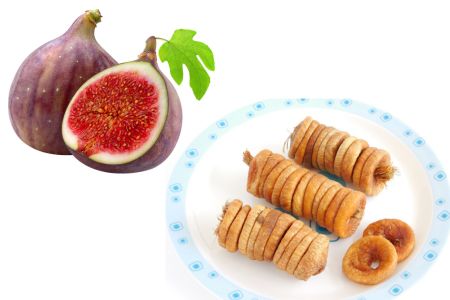
Botanical name – Ficus carica
Family – Moraceae
Medicinal qualities
The ripe fruit of Anjeer has the following qualities
Taste (Rasa) – Sweet
Quality (Guna) – Guru (heavy to digest)
Snigdha (incorrect)
Power (Virya) – Shita (cold)
Vipaka (Aftertaste) – Sweet
Action (Karma) –
Tarpana – Nourishing
Balya – promotes physical strength
Anulomana – helps in easy bowel evacuation
Vibandam Hanti – cures constipation
Shramahara – removes fatigue
Brahmana – Nourisher
Vishtambhi – constipation (overuse)
Yakkrit uthejjaka
Vrshya – Aphrodisiac
Mutrala – diuretic
Dahaprashamana
Raktashodhaka – Purifies the blood
Kaphanisaraka – Expectorant
read – Banyan Tree: Ficus benghalensis: Uses, Research, Remedies, Side Effects
Effect on Doshas
Vatapittahara – Balances aggravated vata and pitta dosha
Legal remedies
- Fig latex is applied externally to warts, skin ulcers and wounds. It is also used as a purgative and anthelmintic.
- Fruit paste is applied externally to swellings, tumors and inflammations. It acts as the best pain relief agent.
- In hemorrhage, fruit juice with honey is given internally. (Vrindamaadhava)
Pharmacological activities
Ficus carica possesses anticancer, antioxidant, antidiabetic, antifungal, antibacterial, hepatoprotective, antiinflammatory, gastroprotective, antidiarrheal, antitumor, antispasmodic, immune balancing, antipyretic and antimutagenic activities.
Anjeer leaves have diuretic, emollient, emollient and anthelmintic properties.
The nutritional value of Fig
Fig (Ficus carica) contains Protein 1.3 g, Fat (Total Lipid) 0.2 g, Carbohydrates 7.6 g, Calories (energy) 80 k Cal, Moisture 88.1 g, Fiber 2.2 g, Minerals 0 .6 g, Thiamin 0.1 mg, Calcium Phosphorus 22 mg, iron 0.6 mg, vitamin A – 80 IU and vitamin C – 2 mg
read – Ashmantaka – Ficus rumphii – Uses, Dosage, Research
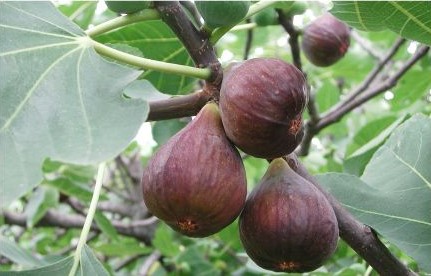
Therapeutic uses
Anjir can be used in diseases such as.
Constipation
Liver and spleen diseases
General weakness
Jaundice
Sandhivata – Osteoarthritis
Vataraktha – gout
Rakta vikara – diseases related to blood
Raktapitta
Sore throat, cough, asthma
Ashmari – urinary stones
Vrikka shula
Mutrakricchra – dysuria
Shukra dourbalya – Oligospermia
Burning sensation
Vrana – wound
Visphota – Vlon
Masurika – measles
fever
The fruits are used in –
leprosy
Bleeding from the nose
refrigerant
Aphrodisiac
Lithontriptych
Nourishing for hair
relaxing
They will be comforted
Laxative
Inflammation
PALSY
Liver diseases
Chest pain
heaps
The roots are used in –
Leukoderma
Ringworm infection.
Latex is used as –
Expectorant
Diuretic
Anthelmintic and in the treatment of anemia.
The leaves are used as –
Antidiabetic
Dewormer
In contact dermatitis
The seeds are used as edible oil, lubricant, etc
read – The use of pear fruit, medicinal qualities, research, remedies
Used part
Fruit, leaves, roots
Dosage
Liquid – l0-20 ml
Paste – 5-10 ml
Dried fruits – 2-3
Sanskrit verses

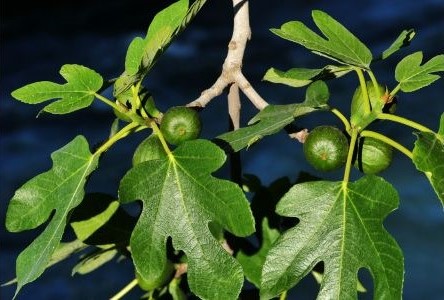
Botanical description
Ficus carica is a moderate-sized deciduous tree that grows up to 15-20 ft in height. The leaves are broad, ovate, almost 3-5 lobed, dark green leather above and hairy below.
Fruits are axillary, usually pear-shaped, variable in size and color, sweet and juicy when ripe. It is latex rubber before it matures. Although the fig tree is considered a fruit, it is actually a flower inverted in it. The seeds are numerous and vary greatly in size. The seeds are real fruit on the fig tree.
Plant latex is milky white and contains a protein-digesting enzyme called Ficin.
read – Apple benefits, qualities, remedies, research
distributed
Ficus carica is native to Carica in Asia Minor. It is distributed in Southwest Asia and the Eastern Mediterranean region, from Turkey in the East to Spain and Portugal in the West. It is also grown commercially in parts of the USA, Chile, Arabia, Persia, India, China and Japan.
polemic
In Charaka and Sushruta Samhita, Phalgu is mentioned as Vishtambhi (constipation). Priya Nighantu mentions the properties of Anulomana and Vibanda hanti that help relieve constipation.
Nighantukaaras and other commentators like Dalhana and Chakrapaani mention Phalgu as a synonym of Kaakodumbara (Ficus hispida).
read – Ficus hispida – Kakodumbara Uses, Research, Remedies, Side Effects
research
Anticancer activity – The study 'Anticancer activity of the methanol extract of ficus carica leaves and fruits against proliferation, apoptosis and necrosis in Huh7it cells', has shown that the extract of Ficus carica leaves has a higher anticancer activity compared to its fruit extracts.
Anti-inflammatory activity– A research study conducted to evaluate the anti-inflammatory activity of Ficus carica leaves has shown that petroleum ether (PEE), chloroform (CE) and ethanol (EE) extracts have a greater anti-inflammatory effect compared with the standard drug Indomethacin.
Classical categorization
Priya Nighantu – Phala verses
Charaka Samhitha –
Shramaharani Dashemaani
Varga said
Sushrutha Samhitha – Varga said
Formulations
Whoopin' Syrup – Relieves annoying cough
Gojihwadi Kashaya – It is used in the treatment of fever, cough, bronchitis, etc. Nila ghritha – Used in asaaadhya kushta (Su.Chi 9/29)
Nila ghritha – Used in asaaadhya kushta (Su.Chi 9/29)
Scientific classification
Kingdom – Plants
Subkingdom – Tracheobionta
Superdivision – Spermatophytes
Division- Magnoliphyta
Class – Maghnoliosida
Subclass – Hamamelididae
Order – Urticales
Family – Moraceae
Gender – Fig
Type – charge
Vernacular names
English name – common fig
Sanskrit name – Phalgu phalam
Hindi name – Anjeer
Marathi name – Anjra
Bengali Name – Fig
Kannada name – Anjura
Malayalam name – Shimi atti
Tamil name – Simayiatti tenatti
Telugu Name – Anjura, Manjimedi, Shimi atti
Punjabi name – Fagari
Arabic name – Tin
Persian name – Anjir
Click to consult with Dr Renita D'Souza
Systemic Action (Sthanika Karma)
External – The warm paste is used to apply to inflammatory wounds.
Digestive system – Liver stimulant, indicated in Splenomegaly, hemorrhoids, Jaundice, etc. It facilitates the normal movement of the doshas.
Blood circulation system – Indicated for joint inflammation, blood-borne diseases, bleeding diseases, etc.
Respiratory system – Eliminates damaged kapha dosha, indicated in coughs, respiratory diseases, etc., improving the health of the mucous membrane of the respiratory tract.
Excretory system – Improves urine production, indicated in urinary stones and associated pain, Dysuria, etc.
Reproductive system – aphrodisiac. It can be used with other herbal medicines to increase sperm count.
Skin – Improves complexion, cures the burning sensation associated with skin irritations.
Satmikarana – Indicated in general weakness. promote strength.
Tapakrama – jvaraghna (accompanied fever and weakness)






